Solving Tech Addiction for Google Users
Overview
Google aims to improve the lives of as many people as possible with a “focus on the user” embedded in their philosophy.
While Google users enjoy the new benefits of digital technology, they also experience a negative impact from its pervasiveness especially through the excessive use of its apps and devices.
To help its users maintain a healthy relationship with tech, Google asked us to develop a brand-led solution that would inform a new cross-company program. By identifying the area where Google could focus their efforts to create the greatest impact, we proposed a grand vision, both tactical and futuristic, in its appeal.
What we did
Audience research
Cultural insights
Product innovation + experience design
Product naming
Brand strategy
Launch plan + PR
Solution
New Pixel “modes” designed to fundamentally change our relationship with the smartphone by giving users maximum agency.
“Your research and insights led to an elegant and powerful solution. Impressive work!”
Fun facts
5
weeks from inception to the final presentation
7
countries/nationalities represented in the project
Learnings
Redefining the assignment and the opportunity is key
Insights don’t always come with a “eureka” moment
Winning strategies are the result of diverse perspectives
Defining the audience
We recommended Google focusing its efforts on the (American) knowledge workers, a cohort increasingly stressed from the invasive effects of work IT.
Every member of our team belonged to this cohort. This project, therefore, turned into a personal journey of translating our own experiences into revelations about behavior around tech.
65% of American employees report being stressed from invasive effects of work IT.
MIT Sloan Management Review, The Dark Side of Information Technology
Redefining the assignment
The assignment is to reduce the negative impact of constant connectivity, amongst knowledge workers who spend the majority of their time on screens
Redefining the opportunity
Google has the opportunity to empower its users with tools that help them form meaningful practices with technology.
Google’s platform, its proprietary data and core equities makes it the perfect partner for this challenge.
Research and observations
Our research included in-depth interviews with knowledge workers of all types - American, global, employed full-time, parents, singles, and more. We also analyzed social and cultural conversations about tech addiction. We learned that 65% of Americans strongly agree that “unplugging” is important for their mental health. However, only 28% of those, actually report doing so.
“A world of too much data, too many choices, too many possibilities and too little time is forcing us to decide what we value.”
Arianna Huffington, A Beautiful Constraint

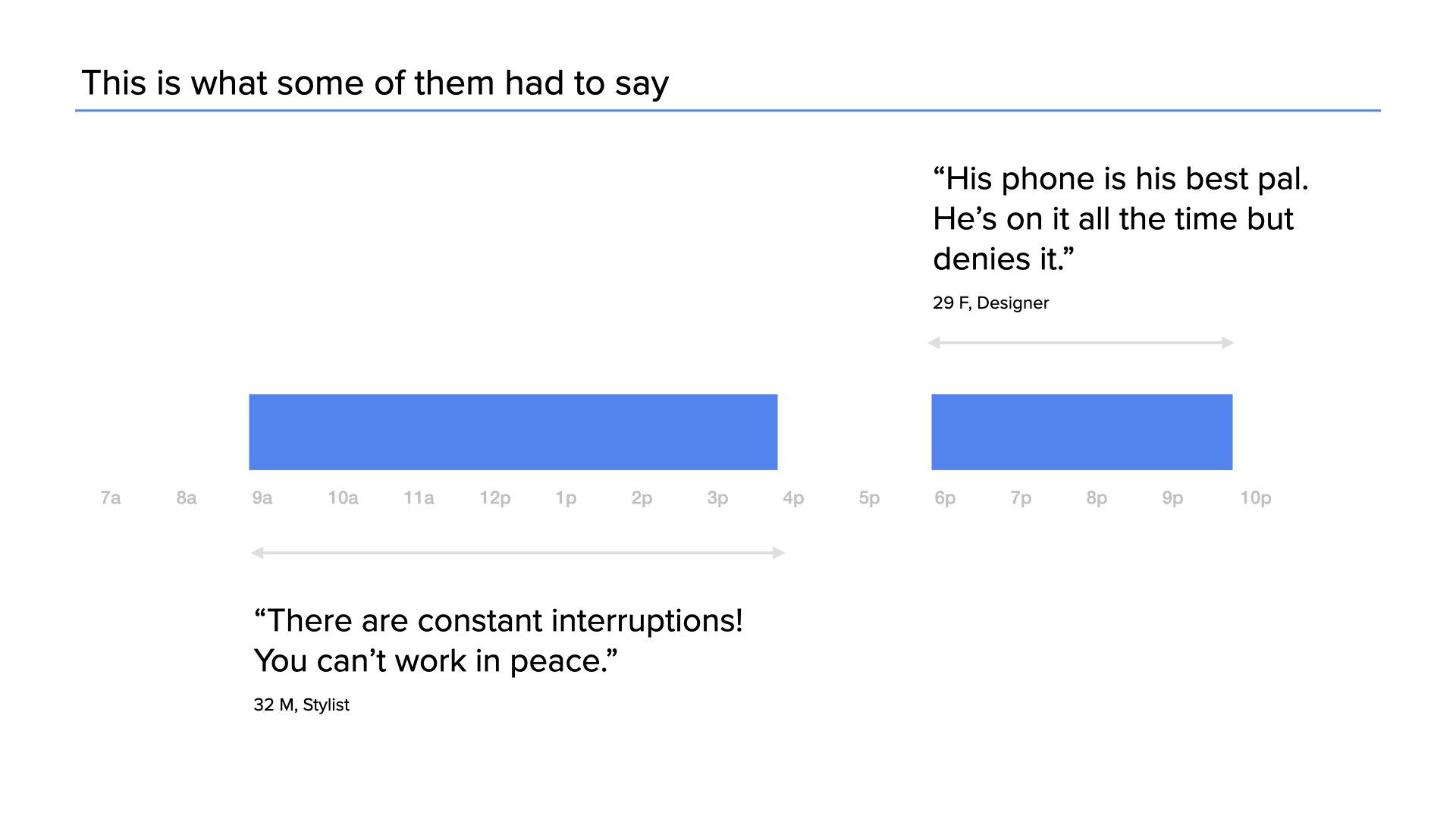
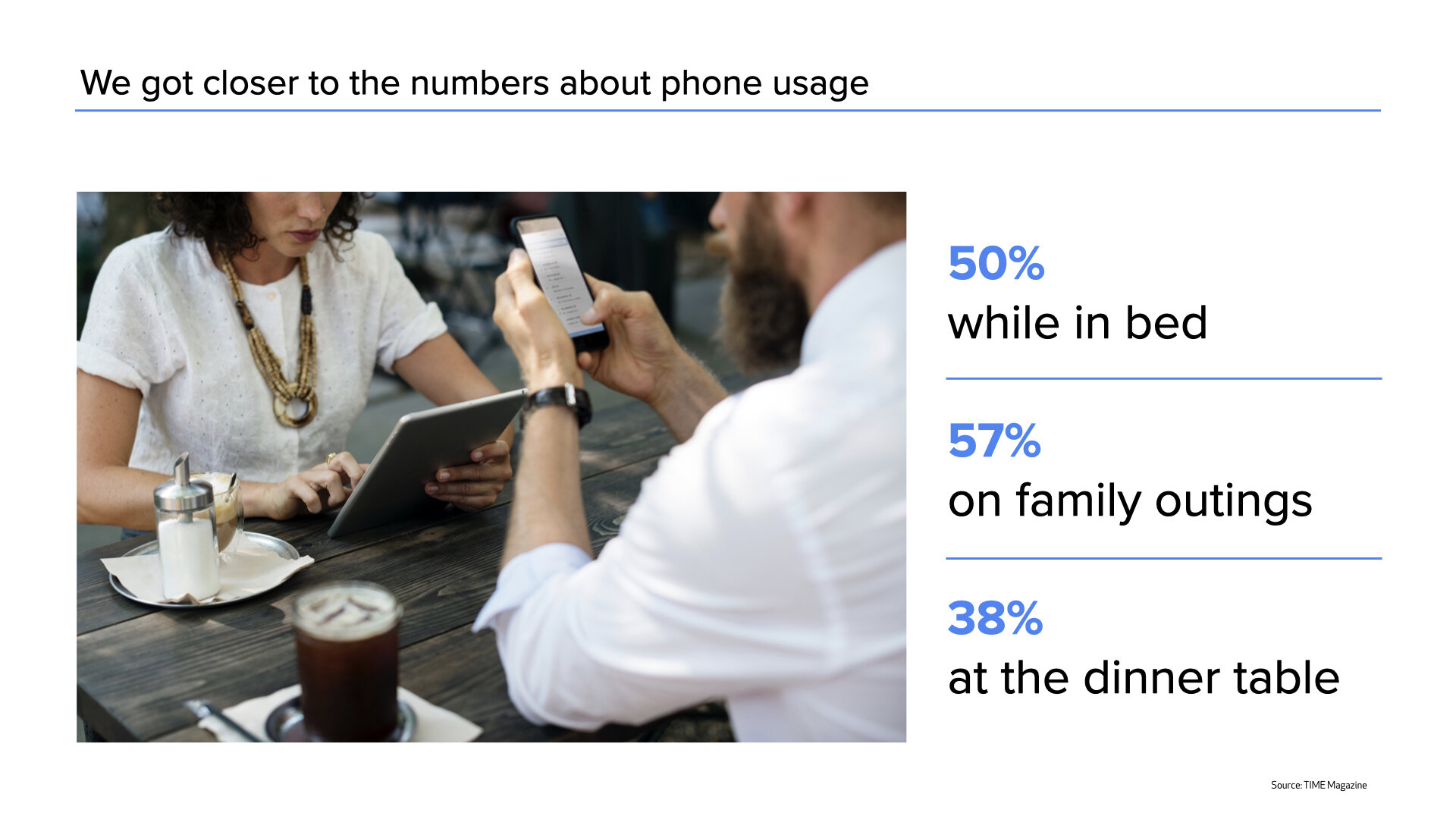
“I want to unplug, but I feel pressured to stay connected.”
M 26, medical research associate
What we heard
"I want to cut-down. I know this is bad. Yet, there is (almost) an addictive pull that makes me want to stay connected, constantly." - F 32, business-owner
Insight
An insight is a significant human truth about our user that can be leveraged to guide the next phase of problem-solving. In identifying this unspoken truth (what people feel and want v/s how they behave) we learned that our users want to unplug periodically but have become victims of connection abundance.
The big idea
Heidegger, the great philosopher once said, “The will to mastery becomes all the more urgent the more technology threatens to slip from human control.”
Our big idea is about giving users the agency to do what they most value without eliminating or shifting control. We proposed introducing two new modes for the Pixel that follow a three-tier nomenclature designed to fundamentally change our relationship with the smartphone.
These modes are Dwell, Focus, and Open.
Dwell
In this mode, you can only send and receive calls.
It is a return of the phone to its most elemental function, freeing us to dwell in the moment. It allows you to be more conscious of your surroundings, giving you permission to be more present wherever you are, whoever you are with.
Focus
In this mode, you can suspend selected apps and/or notifications.
It is a way for you to be your most productive self without distractions that rob your focus. It lets you use only relevant and limited apps, allowing you to stay centered and perform activities without distraction.
Open
This puts your phone in full power mode.
This is your phone at its full capacity enabling you to be exposed to a world of connections, information, and digital activities.



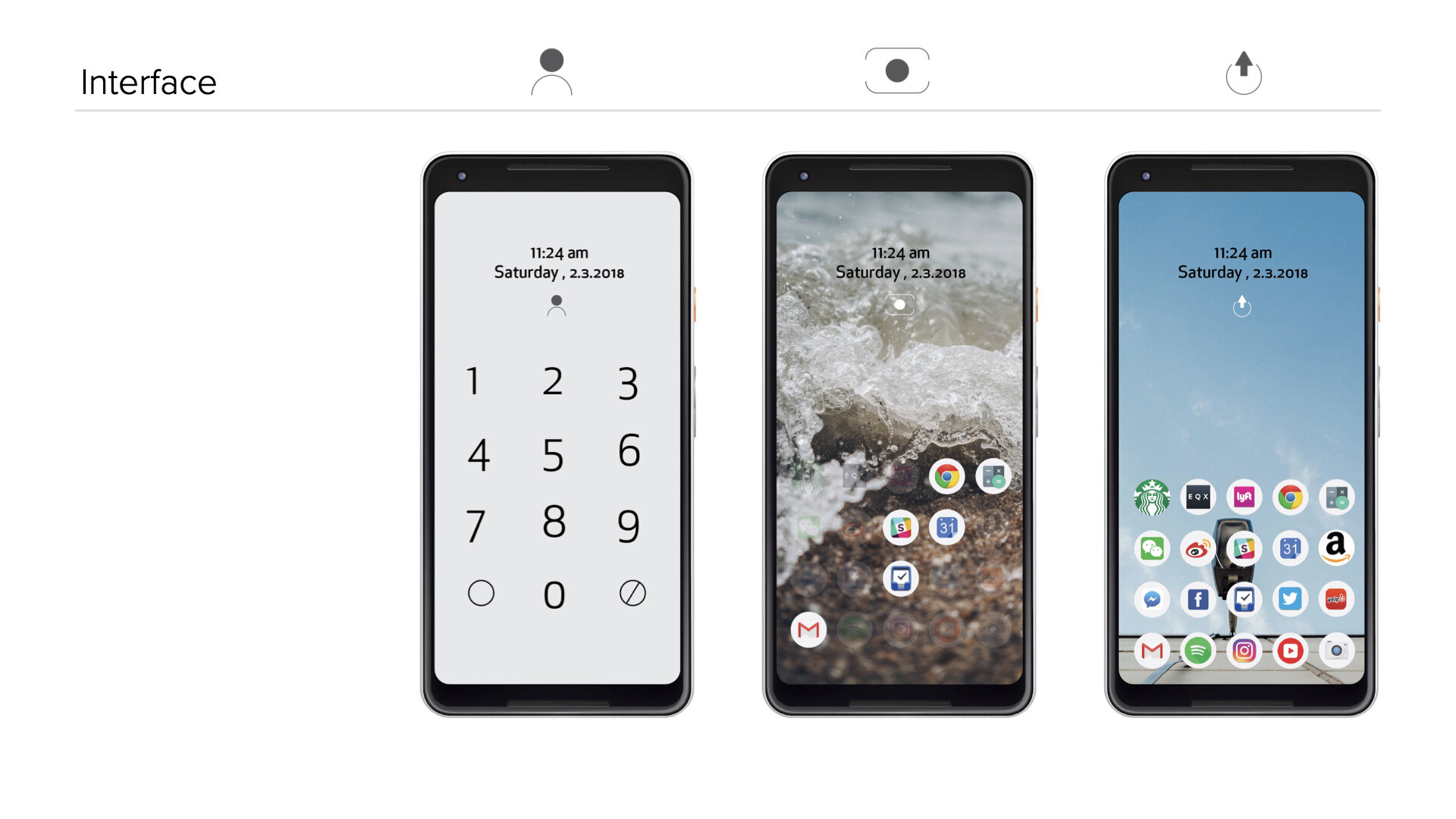
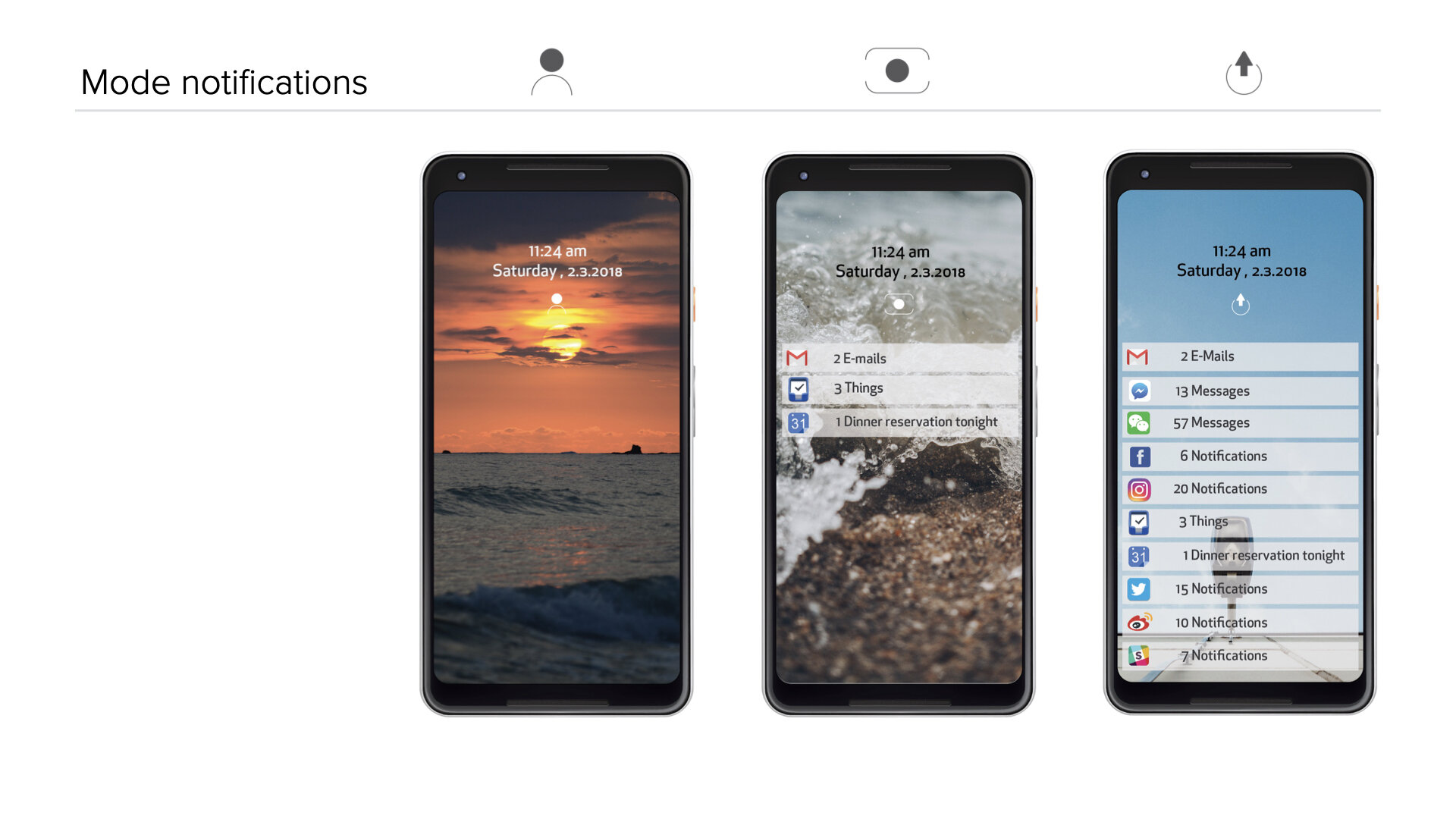
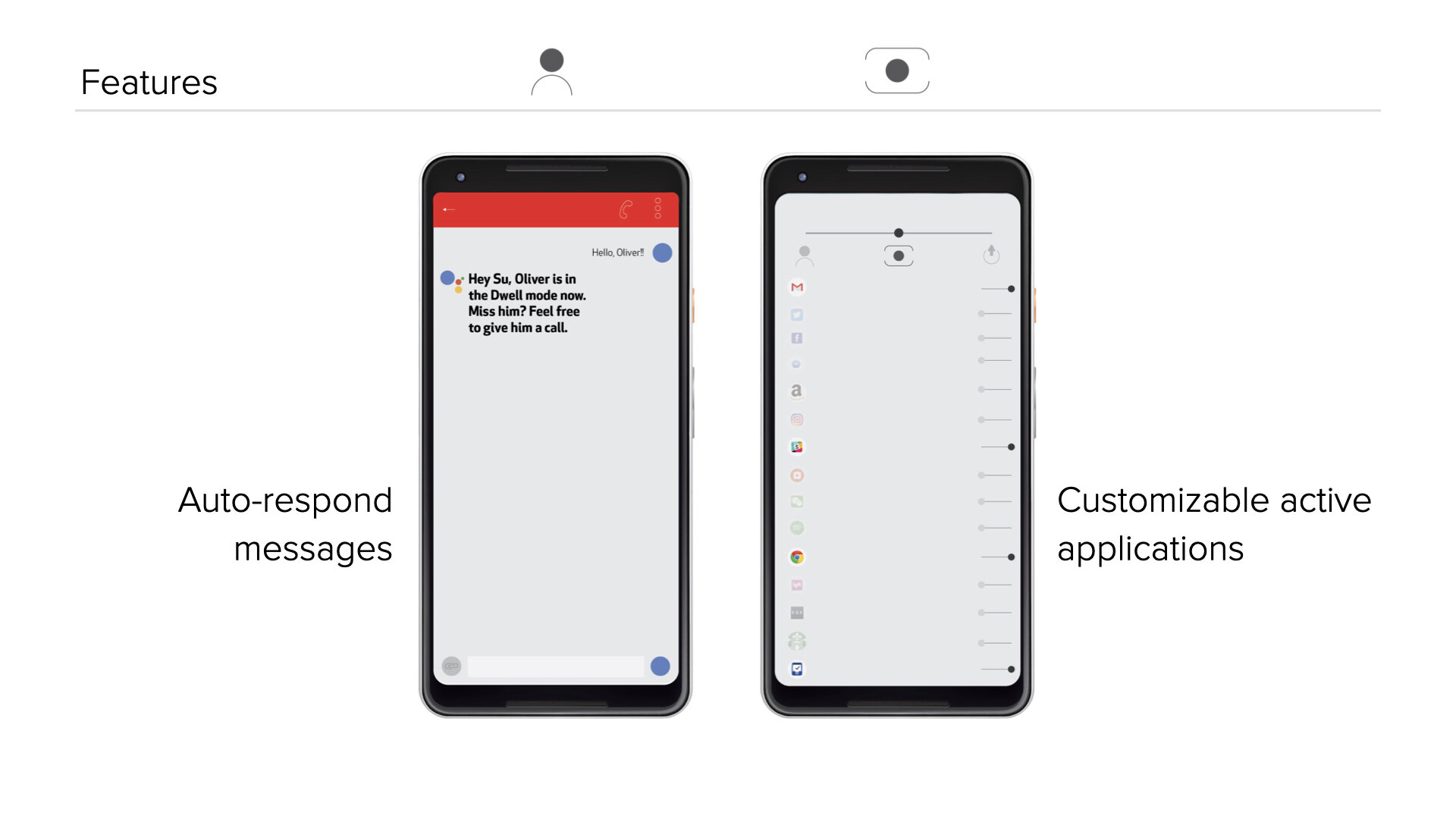
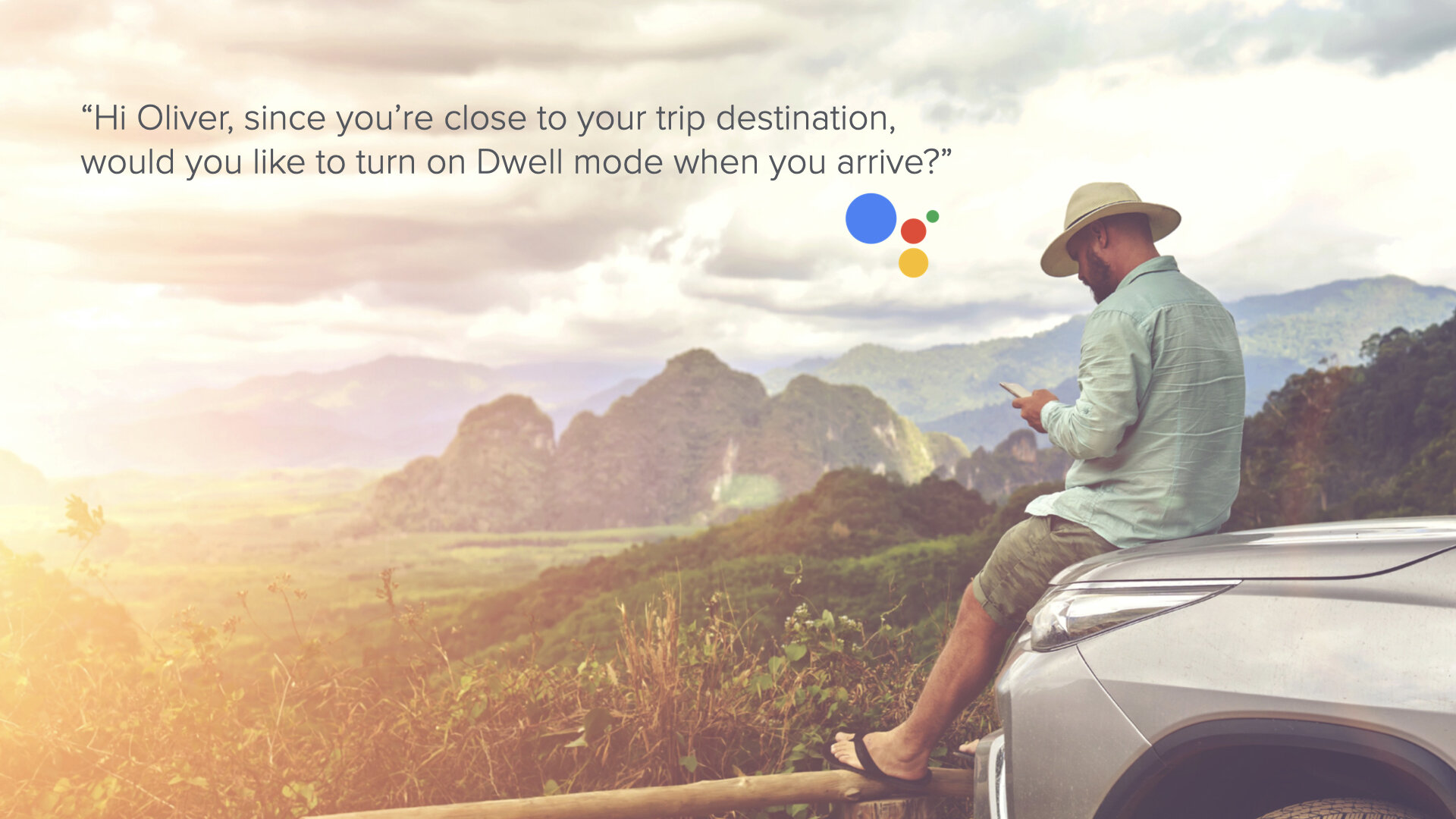

Launch
The idea for the launch mimics the digital experience in the real world, inviting users to experience these three modes at Google offices around the world. These are “mode experiences” in the physical world in form of art installations.





Team
Surabhi Rathi, Phillip Lauria, Oliver Liang, Derek Lee, and Peeraya Taechajinda.
Advisors: Andrew Miller, Executive Strategy Director, Interbrand + Andrea Sullivan, CMO, Vayner Media and Kate Larabee, Brand Strategist, Johnson & Johnson.
Client: Google Brand Studio




